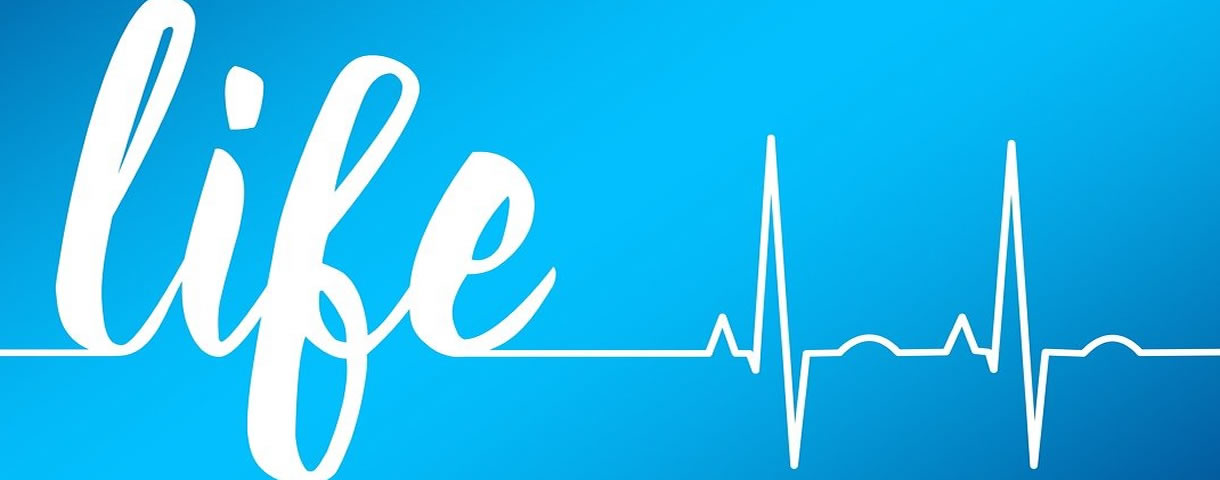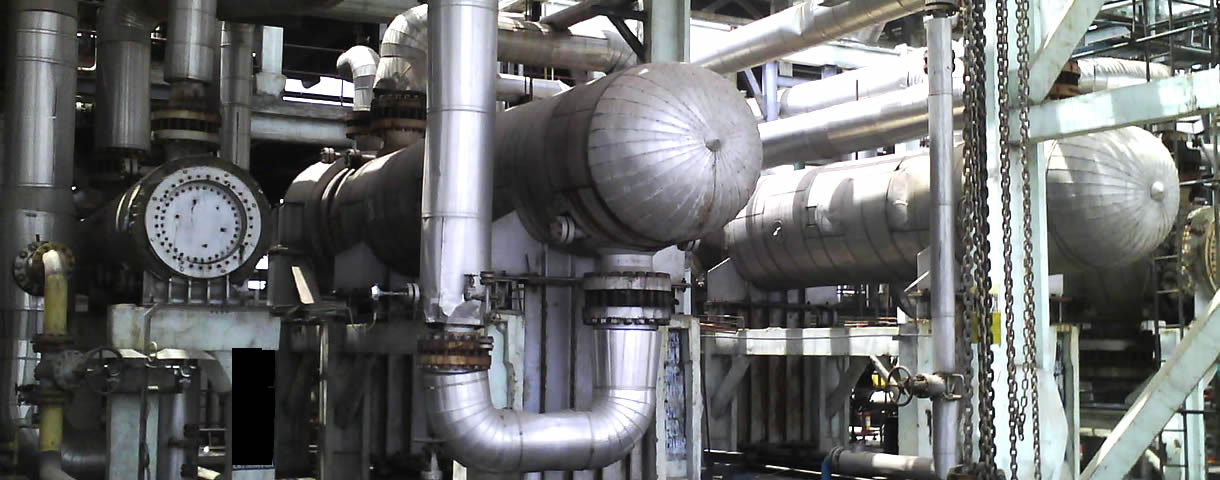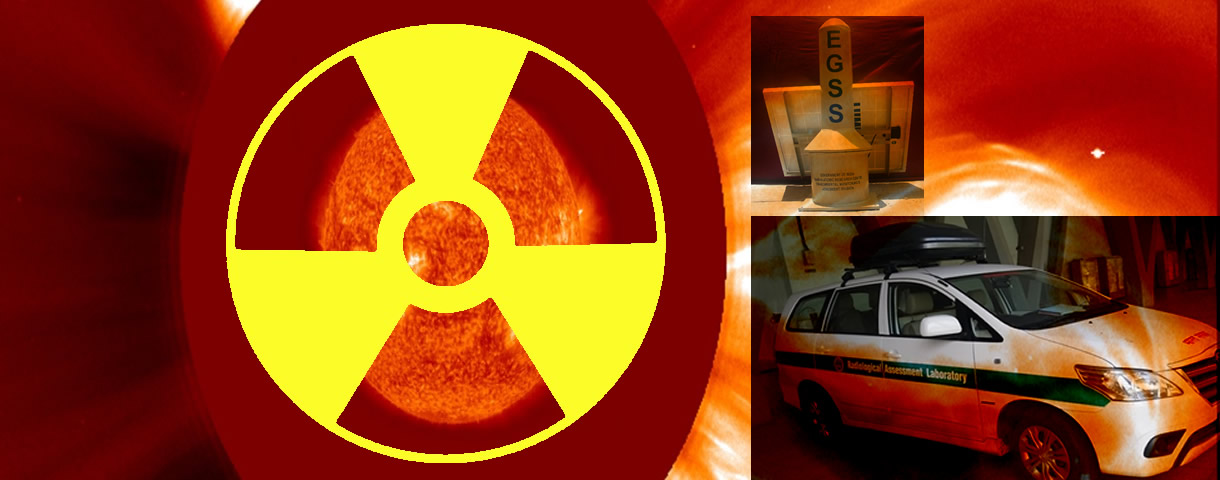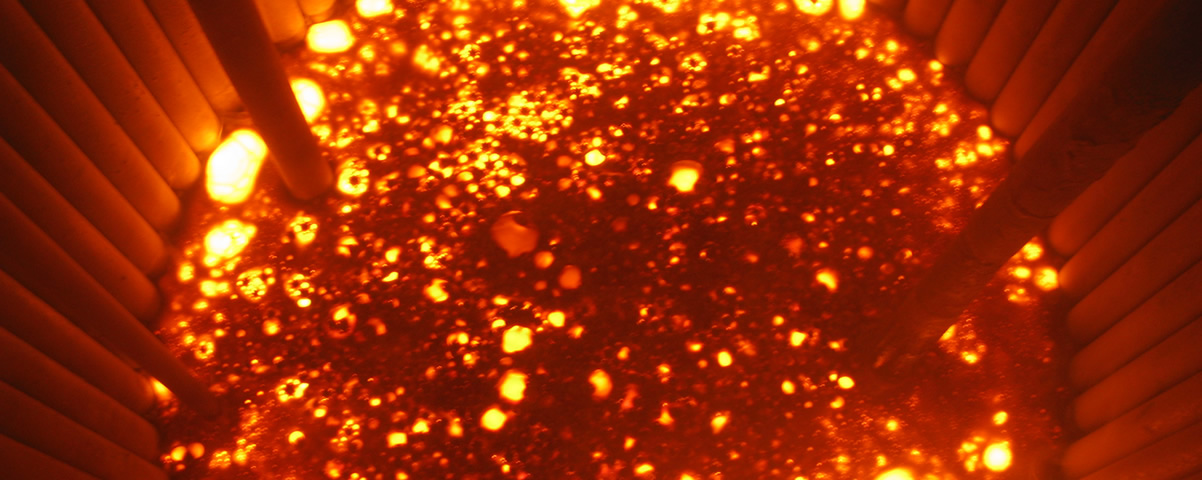

Public Awareness









Emergencies in public domain
Department of Atomic Energy is the identified nodal agency in respect of manmade Nuclear/Radiological emergencies in public domain.
Radiation injuries following radiation exposure can be treated in any hospital having good nursing care and facilities for transfusion of blood/blood products. Such hospital will be designated as 'Radiation Injuries Treatment Centres' during radiation emergency. So far, there are no hospitals in India designated exclusively for handing of Chemical, biological, radiological and nuclear (CBRN) disasters/emergencies. Department of Atomic Energy has till date, trained about 580 doctors from DAE, Civil/State management hospitals and defence services as well as 72 nurses from DAE for management of radiation emergencies. It is understood that similar courses for chemical and biological emergencies are being conducted by DRDO.
Further 479 doctors of various hospitals in various parts of the country have attended training workshops conducted by BARC-NPCIL on 'Planning, Preparedness and Response to Radiation Emergencies for medical officers' from 1995-2010.
Department of Atomic Energy at their Emergency Response Centers and NDRF (NDMA), have following items stored in different parts of the country:
Stock of Iodine prophylaxis : 10 Lakhs
Protective Clothing:200 Nos
Respirators:200 Nos
Radiation Monitors:300 Nos
Portable Personal Decontamination Units PPDU): 5 Nos
In addition, Department of Atomic Energy is having the above items at various nuclear facilities for their radiation protection/emergency preparedness.
Radiation Effect of Mobile Antenna / Tower, H.T. Lines
Radiation Emergency (operates 24x7)
Emergency Communication Centre (ECR) of Crisis Management Group (CMG),